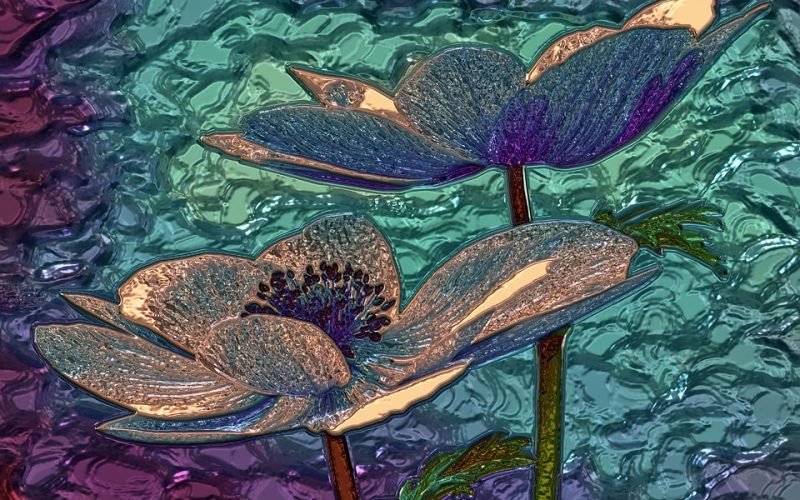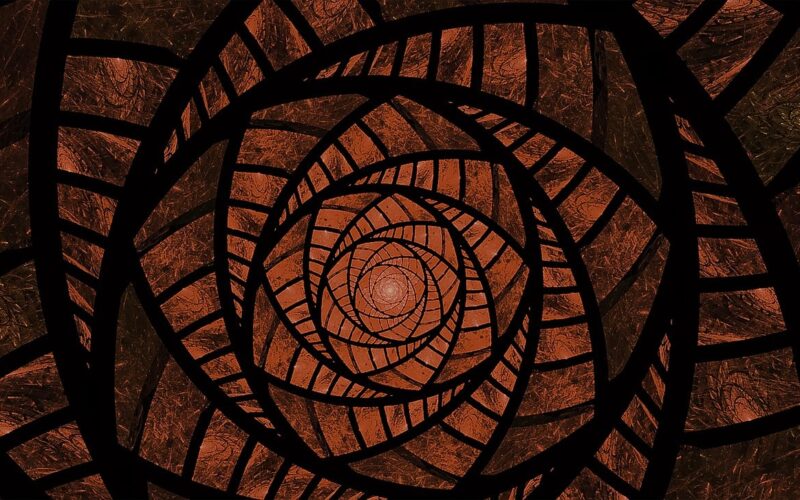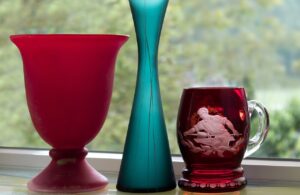Recycling has become an important issue in the world today, and glass is one material that has long been recycled. For those interested in fusing glass in their electric home kiln, hunting for coloured glass can reveal a treasure trove awaiting them. Friends and relatives can all be queried to see if they will save their bottles made with coloured glass, but the hunt does not stop there. Checking out manufacturers of glass for excess pieces they do not need can be added to the list, and even posting online could be helpful.
It has been theorized that a piece of glass will take at least a million years before it will disintegrate back into its component parts, so there is no big hurry to get it before it is gone. The biggest hurdle faced by those seeking glass to fuse could be a race to keep it out of the local landfill. Another hurdle they could find in their way is the nearby recycling plant that is melting it down, but they might be amenable to giving up some of that glass before it goes through the process.
Manufacturers of glass often have clients with special colours they want for bottling or even a display, so they could be a good outlet for someone seeking glass to fuse. They often have their own type of sludge piles for pieces that broke during manufacture. These pieces are often not used because the glass has a particular colour, and it does not match any other glass they will be creating. Getting rid of leftover glass that is clear means it can be tossed into the mix of glass being made, but coloured glass will contaminate the clear and is kept separate.
Hunting for unique colours is what the modern fusing artist wants, so seeking unusual outlets should be part of their game plan. Even if they find a shape that does not work with their current project, the glass can be cut with precision instruments, and then their fusion can take place as soon as they have put their project together and place it in the kiln.


















